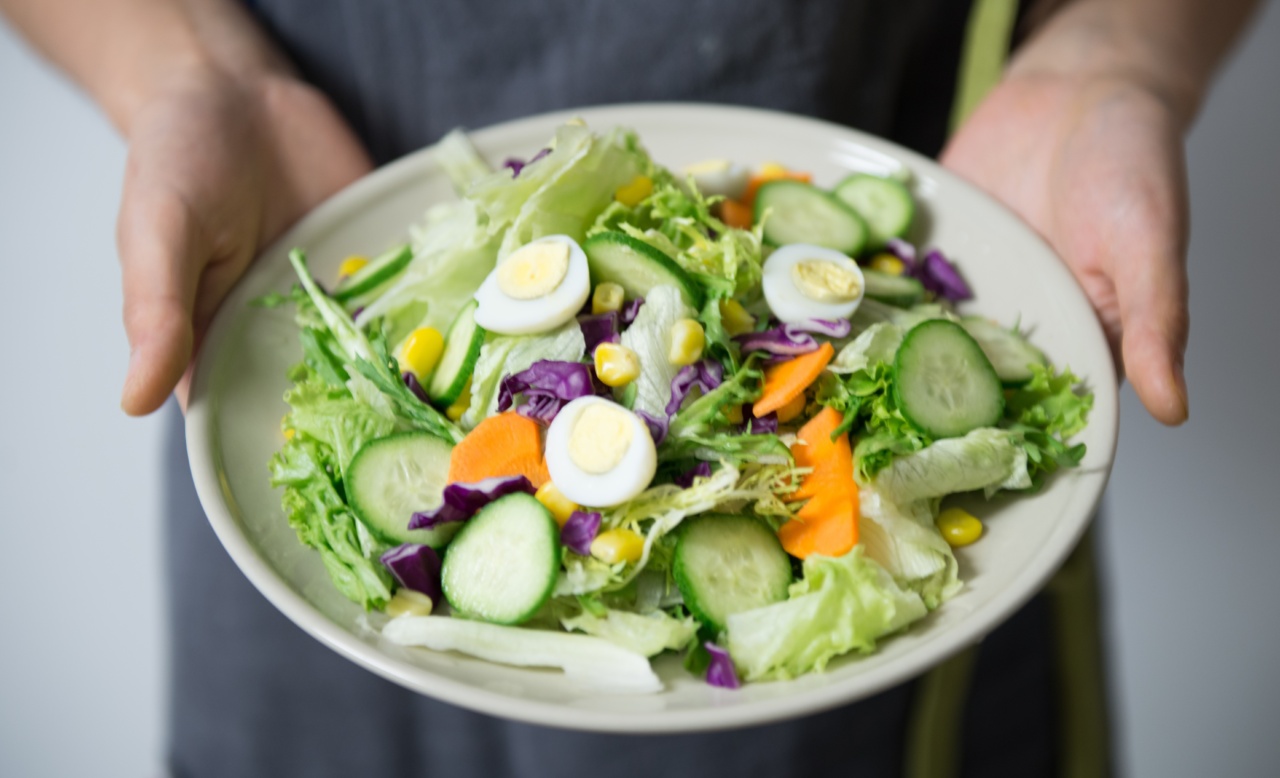When it comes to heart health, making the right food choices is crucial. A healthy diet can significantly reduce the risk of heart disease, lower blood pressure, and improve overall cardiovascular health.
But incorporating heart-healthy foods into your diet doesn’t have to mean sacrificing taste or enjoyment. By making some simple and delicious food swaps, you can give your heart the love it deserves. Let’s explore some easy and tasty alternatives that will keep your heart happy and healthy.
1. Swap Salt for Herbs and Spices
High sodium intake is linked to increased blood pressure, which is a risk factor for heart disease. Many processed and packaged foods are loaded with salt, so it’s important to swap the salt shaker for herbs and spices to add flavor to your meals.
Experiment with rosemary, thyme, oregano, basil, garlic, turmeric, and other seasonings to make your dishes delicious without adding excess sodium.
2. Choose Whole Grains Instead of Refined Grains
Whole grains are a rich source of fiber, vitamins, and minerals that support heart health. Refined grains, on the other hand, are stripped of their beneficial nutrients during processing.
Replace refined grains like white bread, white rice, and regular pasta with whole grains like quinoa, brown rice, whole-wheat bread, and whole-wheat pasta. These options have more fiber, which helps lower cholesterol levels and maintain a healthy heart.
3. Opt for Healthy Fats Instead of Saturated and Trans Fats
Saturated and trans fats can raise cholesterol levels and increase the risk of heart disease. Replace these unhealthy fats with heart-healthy options like avocados, nuts, seeds, and olive oil.
These sources of unsaturated fats can help improve cholesterol levels and reduce inflammation, protecting your heart in the long run.
4. Choose Lean Proteins Over High-Fat Meats
High-fat meats, such as processed meats and fatty cuts, can contribute to heart disease. Swap these meats for leaner alternatives like skinless poultry, fish, legumes, and tofu. These provide a good source of protein without the added saturated fat.
Additionally, fish like salmon, mackerel, and sardines are rich in omega-3 fatty acids, which have been shown to promote heart health.
5. Enjoy Fresh Fruits and Vegetables Instead of Sugary Snacks
Sugary snacks and desserts are detrimental to heart health. Swap these out for fresh fruits and vegetables, which are packed with vitamins, minerals, and fiber that promote a healthy heart.
Berries, citrus fruits, leafy greens, and cruciferous vegetables are particularly beneficial. They are low in calories and high in antioxidants, which help protect against heart disease.
6. Replace Sugary Drinks with Water, Herbal Tea, or Infused Water
Sugary drinks like soda, fruit juices, and sports drinks are major contributors to weight gain and increased risk of heart disease. Opt for water, herbal tea, or infused water instead.
These hydrating options not only quench your thirst but also help control your calorie intake and maintain a healthy heart.
7. Swap Unhealthy Snacks for Nuts and Seeds
Instead of reaching for potato chips or cookies as snacks, choose heart-healthy alternatives like nuts and seeds. Almonds, walnuts, chia seeds, flaxseeds, and pumpkin seeds are all excellent choices.
They are rich in omega-3 fatty acids, fiber, and antioxidants that provide numerous benefits for your heart and overall well-being.
8. Replace Creamy Salad Dressings with Homemade Vinaigrettes
Store-bought creamy salad dressings are often high in unhealthy fats and added sugars. Make your own heart-healthy dressings using olive oil, balsamic vinegar, lemon juice, and herbs.
These homemade vinaigrettes are not only delicious but also much better for your heart.
9. Choose Dark Chocolate Instead of Milk Chocolate
If you have a sweet tooth, reach for dark chocolate with at least 70% cocoa content. Dark chocolate contains flavonoids, which are beneficial plant compounds that can improve heart health.
Milk chocolate, on the other hand, tends to be higher in sugar and lower in cocoa content, diminishing its heart benefits.
10. Swap Ice Cream for Homemade Fruit Sorbet
Ice cream is typically high in fat, added sugars, and calories, making it a less heart-healthy choice. Instead, make your own fruit sorbet using frozen fruits blended with a little honey or natural sweeteners.
This refreshing treat is packed with vitamins, minerals, and fiber, making it a guilt-free indulgence for your heart.
By incorporating these heart-healthy food swaps into your diet, you can protect your cardiovascular health and reduce the risk of heart disease. Remember, adopting a healthy eating pattern is a long-term commitment that requires consistency and balance.
Consult with a healthcare professional or registered dietitian for personalized guidance on maintaining a heart-healthy diet.






























